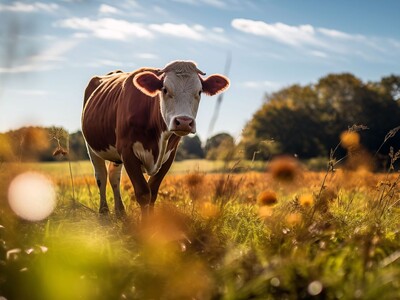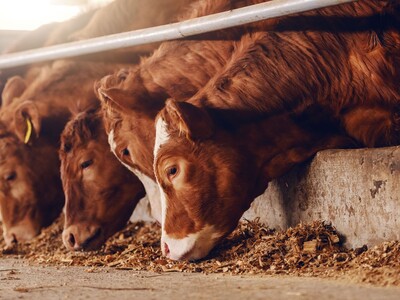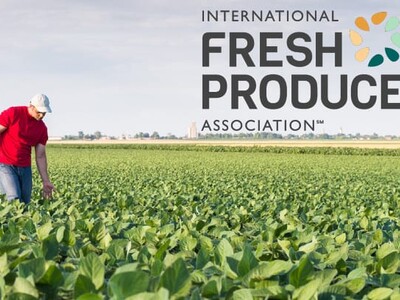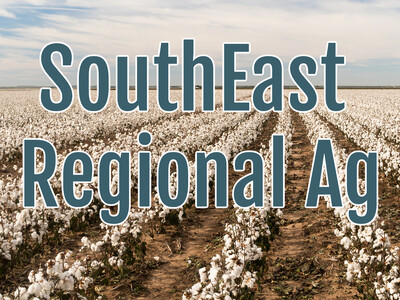Foodborne illness
Oregon State University will administer a new $1.2 million center that aims to help small and midsized farms and food processors in 13 western states prevent foodborne illnesses. The initiative was announced by the federal government as part of an effort to help growers and processors of fruits, vegetables and nuts comply with requirements established under the 2011 Food Safety Modernization Act. The center, which is not an actual building, is one of four new regional hubs across the country."It is critical that we provide relevant training and assistance to farmers, processors and wholesalers, especially to those who may struggle to meet the requirements," said Sonny Ramaswamy, director of the National Institute of Food and Agriculture, which awarded the $1.2 million.
OSU and its partners will use the funding to develop trainers to teach others how to conduct workshops for small and midsized farms, beginning farmers, small-scale food processors and wholesale produce vendors.
"Small farms and food processors have limited technical and financial means to comply with the FSMA rules, unlike large farming operations and food manufacturers," said Robert McGorrin, the center's lead director and head of OSU's Food Science and Technology Department. "This center will provide a large number of trainers across the region with the technical assistance to help them comply with the new rules.
The center will also leverage existing food safety training programs with Extension, community-based organizations and food hubs and cooperatives, he added.
The trainings can be customized to fit a specific crop whether it's hazelnuts, tree fruits, potatoes or onions, McGorrin noted. "Unlike large-scale commodity crops such as wheat and corn, crops grown at small and medium-scale farms often have their own unique production, harvesting and processing needs," he said.
OSU and its partners will work with The Produce Safety Alliance and the Food Safety Preventive Control Alliance to develop trainers. The aim is to have at least two dozen lead trainers and about 200 other people as certified trainers, McGorrin said. He added that the trainers could include representatives from regulatory agencies, nongovernmental organizations and commodity group associations.

















